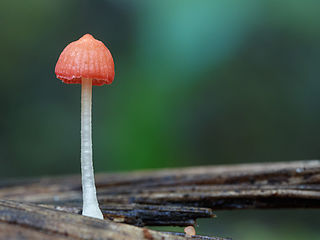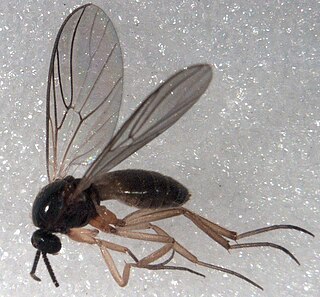Genus is a taxonomic rank used in the biological classification of living and fossil organisms as well as viruses. In the hierarchy of biological classification, genus comes above species and below family. In binomial nomenclature, the genus name forms the first part of the binomial species name for each species within the genus.

Columbidae is a bird family consisting of doves and pigeons. It is the only family in the order Columbiformes. These are stout-bodied birds with short necks and short slender bills that in some species feature fleshy ceres. They primarily feed on seeds, fruits, and plants. The family occurs worldwide, but the greatest variety is in the Indomalayan and Australasian realms.

Starlings are small to medium-sized passerine birds in the family Sturnidae. The Sturnidae are named for the genus Sturnus, which in turn comes from the Latin word for starling, sturnus. Many Asian species, particularly the larger ones, are called mynas, and many African species are known as glossy starlings because of their iridescent plumage. Starlings are native to Europe, Asia, and Africa, as well as northern Australia and the islands of the tropical Pacific. Several European and Asian species have been introduced to these areas, as well as North America, Hawaii, and New Zealand, where they generally compete for habitats with native birds and are considered to be invasive species. The starling species familiar to most people in Europe and North America is the common starling, and throughout much of Asia and the Pacific, the common myna is indeed common.

In zoological nomenclature, a type species is the species name with which the name of a genus or subgenus is considered to be permanently taxonomically associated, i.e., the species that contains the biological type specimen. A similar concept is used for suprageneric groups and called a type genus.

Bucculatricidae or (Bucculatrigidae) is a family of moths. This small family has representatives in all parts of the world. Some authors place the group as a subfamily of the family Lyonetiidae.
Botryodiplodia ulmicola is an ascomycete fungus that is a plant pathogen.
Splanchnonema is a genus of fungi in the family Pleomassariaceae. The genus was circumscribed in 1829 by August Carl Joseph Corda. One of the species, Splanchnonema lichenisatum, is a lichen.

Lepteutypa is a genus of plant pathogens in the family Amphisphaeriaceae. First described by the Austrian mycologist Franz Petrak in 1923, the genus contains 10 species according to a 2008 estimate. It was increased to 15 in 2020.

Epinotia is a very large genus of tortrix moths. It belongs to the tribe Eucosmini of subfamily Olethreutinae.

Atheniella is an agaric fungal genus that produces mostly brightly colored mycenoid fruit bodies on small plant debris on forest floors, in fields and bogs. It is not a member of the Mycenaceae, and unlike most Mycenaceae, its basidiospores and tissues do not react with iodine. Atheniella species were most recently classified in Mycena because of their stature. However, they lack amyloid spores and tissues bewildering taxonomists, leading to temporary placements in Hemimycena and Marasmiellus before being phylogenetically excluded from both genera and the Mycenaceae. Most recently the genus has been classified in the Porotheleaceae. Currently 12 species are recognized.
Bucculatrix ulmicola is a moth in the family Bucculatricidae. It was described by Vladimir Ivanovitsch Kuznetzov in 1962. It is found in Armenia, Kazakhstan, Turkmenistan, Uzbekistan, Tajikistan, Ukraine and southern Russia.
Epinotia ulmicola is a species of moth of the family Tortricidae. It is found in China, Korea, Japan and Russia.
Acleris ulmicola is a species of moth of the family Tortricidae. It is found in South Korea, China, Japan, Taiwan and Russia.

Oberea ulmicola is a species of beetle in the family Cerambycidae. It was described by Chittenden in 1904. It is known from North America. It feeds on Prunus virginiana.

Pseudaulacaspis is a genus of scales and mealybugs in the family Diaspididae. There are at least 60 described species in Pseudaulacaspis.

Blepharidopterus is a genus of plant bugs in the family Miridae. There are about nine described species in Blepharidopterus.

Mycetobia is a genus of wood gnats in the family Anisopodidae. There are more than 20 described species in Mycetobia.
Chaetopyrena is a genus of fungi belonging to the family Didymellaceae.

Atanycolus is a genus of braconid wasps.
Psallodema is a genus of mostly European capsid bugs in the tribe Phylini, erected by V.G. Putshkov in 1970. The species Psallodema fieberi is recorded from northern Europe including the British Isles.











